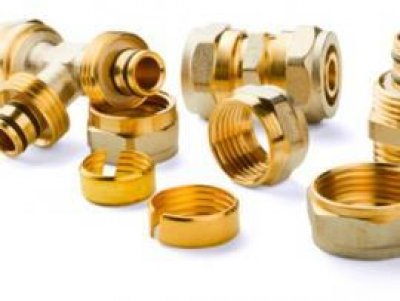Water Quality Lead and Copper
As part of the Environmental Protection Agency’s (EPA) Lead and Copper Rule, the Pendleton Water Division collects samples from approximately 30 high-risk residential homes every three years. These homes were built between 1983-1985 (prior to the lead solder ban) and plumbed with copper pipes and lead solder. Samples are analyzed at a certified laboratory and results are sent to the Oregon Health Authority and participating customers.
While there is no Maximum Contaminant Levels (MCL) for lead or copper, the federal government identifies an “action level” (AL) that triggers certain actions by the water provider. The action level is based on the 90th percentile, which means 90 percent of the samples must be at or below the defined action level. The action level for copper is 1.3 ppm and the action level for lead is 15ppb.
If present, elevated levels of lead can cause serious health problems, especially for pregnant women and young children. Lead in drinking water is primarily from materials and components associated with service lines and home plumbing. Pendleton is responsible for providing high quality drinking water, but cannot control the variety of materials used in plumbing components. When your water has been sitting for hours, you can minimize the potential for lead exposure by running your tap for 30 seconds to 2 minutes before using water for drinking or cooking. Call or visit the Safe Drinking Water Hotline at 1-800-426-4791 or click here for more information.
|
Contaminate |
# of Samples |
Action Level |
MCLG |
90th Percentile |
Sites above Action Level |
|
Lead |
0 of 30 |
15 ppb |
0 ppb |
2.5 ppb |
1 |
|
Copper |
0 of 30 |
1.3 ppm |
1 ppm |
0.118 ppm |
0 |
|
*The values shown are the results of samples collected in July 2023. On a 3 year cycle, the next round of testing will occur in 2026. |
|||||
Definitions:
Action Level (AL): The concentration of a contaminant that, if exceeded, triggers a treatment or other requirements that a water system must follow.
Parts per billion (ppb): 1 ppb means that one part of a particular contaminant is present for every 1 billion (1,000,000,000) parts of water. 1 ppb is equivalent to 1 inch in 16,000 miles, 1 second in 32 years and 1 cent in $10 million dollars.
Parts per million (ppm): 1 ppm means that one part of a particular contaminant is present for every 1 million (1,000,000) parts of water. 1 ppm is equivalent to 1 inch in 16 miles, 1 minutes in 2 years and 1 cent in $10,000 dollars.




